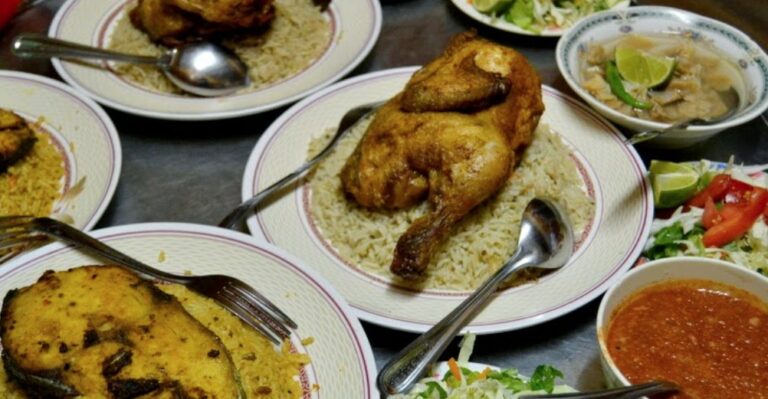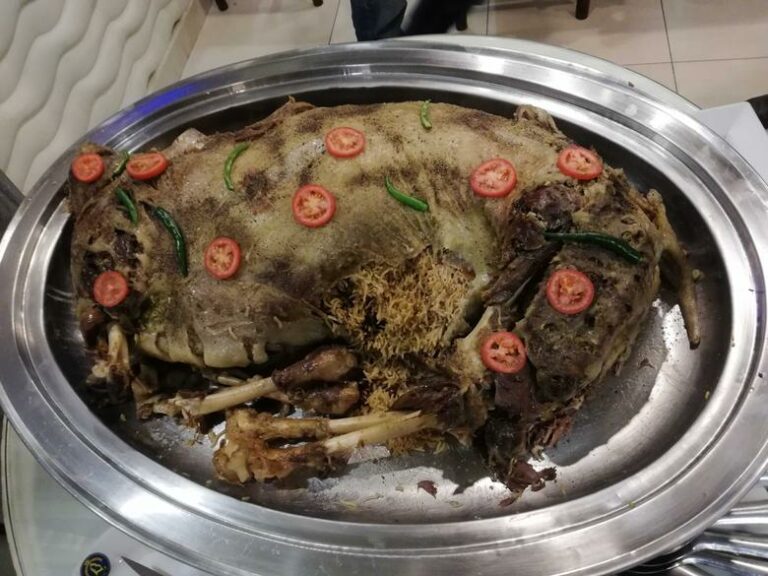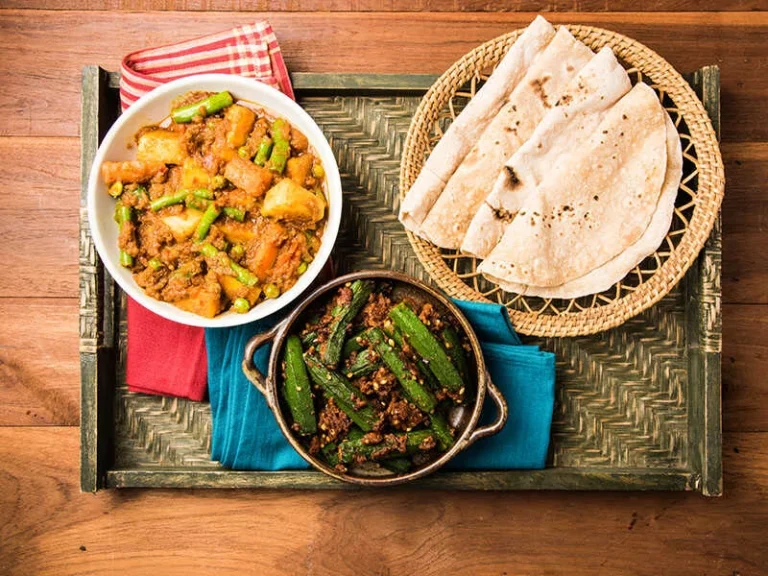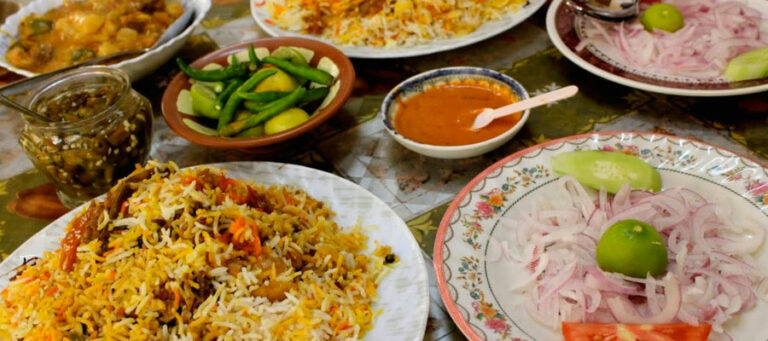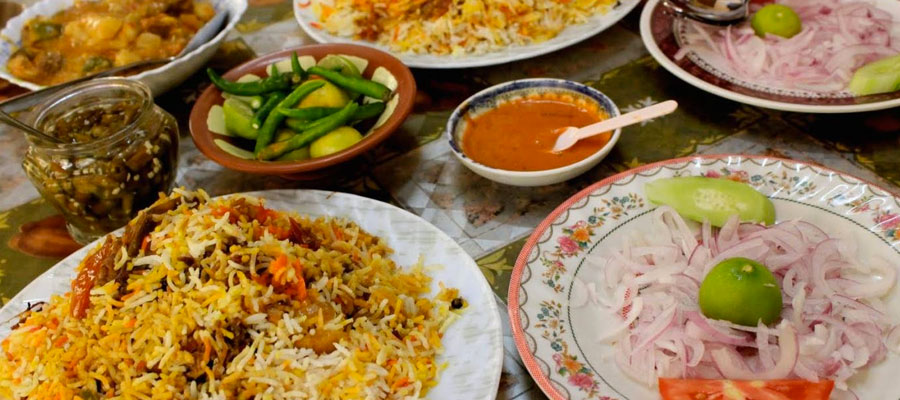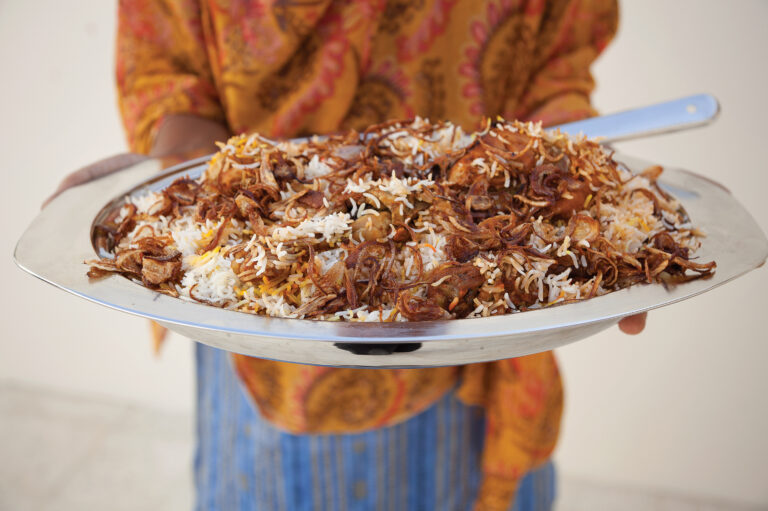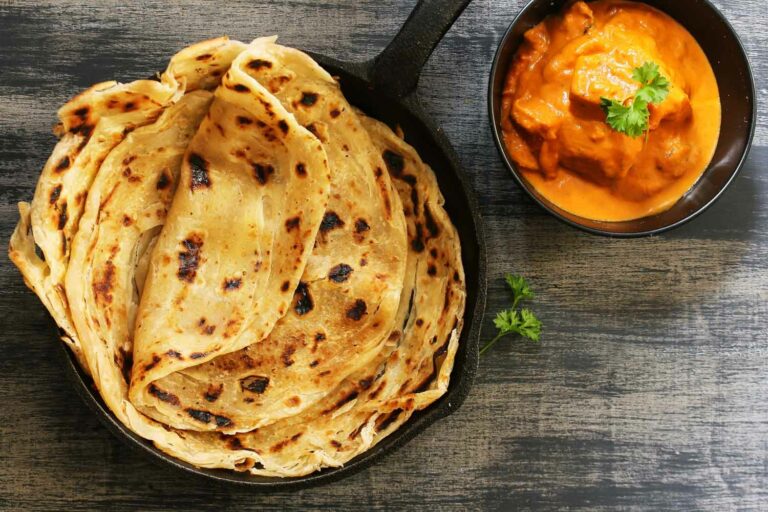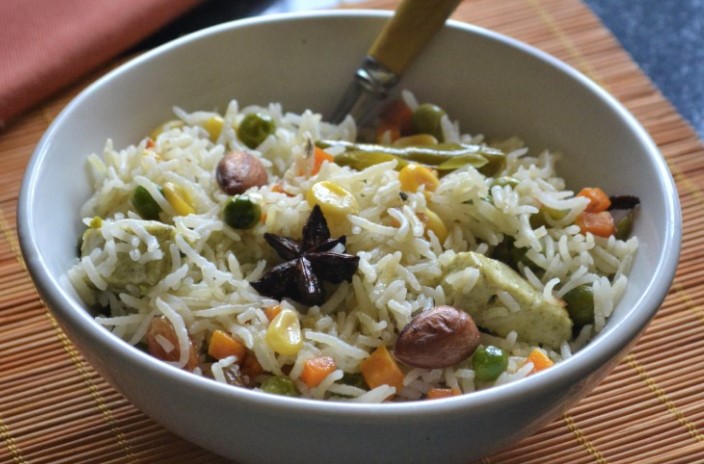Introduction: Omani Cuisine
Omani cuisine is a blend of various cultural influences, including South Asian, East African, and Arabian. The cuisine is famous for its extensive use of spices, herbs, and marinades, which makes the dishes flavorful and aromatic. Omani cuisine comprises a wide range of dishes, from spicy meat dishes to savory seafood and vegetarian dishes. The Omani cuisine is unique in that it has developed its flavors and styles that reflect the unique cultural influences that make up Oman’s history.
Arabic Cuisine Influence on Omani Cuisine
Arabic cuisine has had a significant influence on Omani cuisine due to the historical and cultural ties between the two regions. The use of aromatic spices and herbs, such as turmeric, cardamom, and cumin, is one of the most prominent influences. In addition, Arabic cuisine has introduced various cooking techniques, such as grilling, marinating, and roasting, which are commonly used in Omani cuisine.
Another significant influence of Arabic cuisine on Omani cuisine is the use of rice as a staple food. Rice is an essential ingredient in many traditional Omani dishes such as biryani, qabooli, and machboos, which are derived from Arabic dishes. Furthermore, Arabic cuisine has introduced various types of bread, including pita bread, naan, and lavash, which are commonly eaten in Oman.
Persian Cuisine Influence on Omani Cuisine
Persian cuisine has also had a significant influence on Omani cuisine, particularly in terms of the use of fruits, nuts, and sweets. The Persian cuisine introduced the use of dates and honey, which are commonly used in many Omani dishes. Moreover, Persian cuisine introduced the concept of using rosewater, saffron, and other natural flavorings that are commonly used in Omani cuisine.
Additionally, Persian cuisine has influenced the preparation of stews, soups, and braised dishes, which are commonly served in Oman. The use of meat, lentils, and beans in soups and stews is a Persian influence that is widespread in Omani cuisine. Furthermore, the Persian influence can be seen in the use of yogurt, which is used in many Omani dishes.
Common Ingredients in Arabic and Persian Cuisines
Some ingredients are common in both Arabic and Persian cuisines and have influenced the Omani cuisine. These ingredients include saffron, cardamom, cinnamon, rosewater, dates, and pomegranate. The use of these ingredients enhances the flavor and aroma of many Omani dishes and makes them unique.
Traditional Omani Dishes with Arabic and Persian Influences
There are several traditional Omani dishes that have been influenced by Arabic and Persian cuisines. One of the most famous is shuwa, which is a slow-roasted lamb or goat dish that is marinated in spices and cooked in an underground oven. Shuwa is influenced by Persian cuisine, which introduced the concept of slow-cooked meat dishes. Another famous dish is machboos, which is a spiced rice dish that is often served with meat or fish. Machboos is an Arabic dish that has become a staple in Omani cuisine.
Conclusion: The Unique Blend of Cultures in Omani Cuisine
In conclusion, Omani cuisine is a unique blend of various cultural influences, including Arabic and Persian. The use of spices, herbs, and marinades, as well as the introduction of various cooking techniques and ingredients, has made Omani cuisine flavorful and aromatic. The dishes that are influenced by Arabic and Persian cuisines are an essential part of Omani cuisine, and they reflect the country’s rich cultural heritage.


